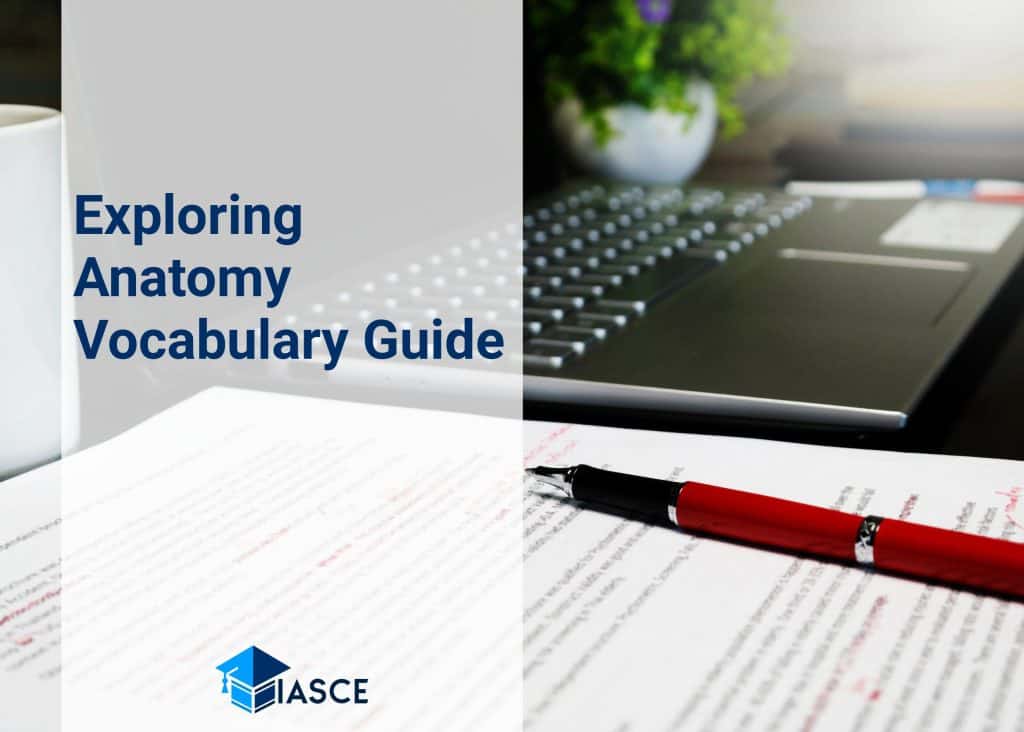English language learners, lend me your ears! Today, we’re diving deep into a fascinating aspect of our language: body parts vocabulary. Ever wondered how many ways there are to describe the human body in English? You’ll be amazed!
In this exploration, I’m not just talking about basic terms like ‘arm’ or ‘leg’. We’re going beyond that, into idiomatic expressions and colloquialisms. By the end of this read, you’ll have a wealth of new phrases at your disposal.
So buckle up for an enlightening ride through the labyrinth of English body parts vocabulary. It’s more than just words – it’s a journey into culture, history, and human creativity!
The Fascinating Anatomy of English Body Part Names
I’ve always been intrigued by the rich tapestry of the English language. Today, we’re delving into a fascinating aspect of it – body part names. It’s an area that often gets overlooked but holds quite a few surprises.
Let’s start with ‘arm’. This word originated from Old English and was pronounced as ‘earm’. It referred to just the upper limb. But over time, its meaning expanded to include both upper and lower limbs.
Next up is ‘leg’. Now here’s where things get interesting! If we go back to Middle English times, ‘leg’ didn’t mean what it does today. Back then, it referred to any lower limb including feet and even animal legs!
Now let me tell you about our most expressive body part – the eyes or in Old English, ‘eag’. As language evolved so did our use of this term, transforming from simply denoting sight organs to expressing emotions.
Here are a few examples:
|
Old Term |
Current Meaning |
|---|---|
|
Earm |
Arm |
|
Legg |
Leg |
|
Eag |
Eye |
Understanding these etymologies doesn’t just satisfy my linguistic curiosity; it also sheds light on how our ancestors perceived their bodies. For instance, did you know that ‘body’, derived from Old English ‘bodig’, originally meant ‘trunk’? That’s right! It wasn’t until later that it came to represent the whole person.
There are countless other intriguing facts hidden within these common terms. Take ‘head’ for example: while it denotes one specific part of us now, its origin (Old English “heafod”) actually meant top or summit — suggesting an old perspective viewing the head as the pinnacle of the body.
Remember, while these evolutions might seem random or chaotic at first glance, they’re really indicative of shifts in societal thinking — each change represents a different era’s understanding and interpretation of human anatomy.
The Impact of Body Parts Vocabulary on Everyday Dialogue
Diving into the realm of English language, I’ve discovered that body parts vocabulary isn’t just for biology class. It’s a core component of our everyday dialogue. You’d be amazed at how often we use these terms in idioms, expressions, and slang.
Think about it. How many times have you “put your foot in your mouth”? Or told someone they were “pulling your leg”? These phrases are ingrained in our daily communication.
Let’s look at some examples:
|
Phrase |
Meaning |
|---|---|
|
“Give me a hand” |
Assist me |
|
“Cost an arm and a leg” |
Very expensive |
These phrases might sound peculiar to non-native speakers. Yet, they’re second nature to those familiar with the English language.
Moreover, this vocabulary dives deeper than idiomatic phrases. Body parts words also play a significant role in describing emotions and sensations. For instance, when we’re nervous, we say our “stomach is in knots.” When we’re excited or scared, we get “butterflies in our stomach.”
Let’s explore more:
-
Touched my heart – Made me feel emotion
-
Cold feet – Nervousness or fear
-
Heavy heart – Sadness
Understanding these expressions can enrich one’s comprehension and fluency in English. In fact, it can even lead to more effective communication as you’ll understand not just the literal but also the implied meanings.
Yet remember: while these phrases are common, their usage may vary based on context and cultural nuances. So don’t be afraid to ask questions or seek clarification when encountering unfamiliar terms!
Conclusion: Building a Strong Foundation in English
I’ve journeyed with you through the fascinating world of body parts vocabulary. We’ve delved into the intricacies and peculiarities that make English such an interesting language to learn and master. Now, I hope you’ll agree that our exploration has equipped you with a solid base in this particular area of English.
Understanding these terms isn’t just about memorizing words. It’s about immersing yourself in the language, understanding its context, and applying it appropriately. The aim isn’t to overwhelm but rather to provide tools for better comprehension and communication.
Here’s a quick recap:
-
We explored how each body part term carries its unique connotations.
-
Discussed the common pitfalls learners face when dealing with these terms.
-
Looked at some strategies to overcome these challenges effectively.
Familiarity with these nuances can significantly enhance your language skills. This knowledge will not only aid you in daily conversations but also enrich your ability to understand literature, music lyrics, movies—essentially any medium where English is used.
Moving forward, remember that language learning is no sprint—it’s more of an ongoing marathon marked by steady progress. Keep practicing what we’ve covered today; repetition is key in mastering any new vocabulary or concept.
So go ahead—embrace these complexities of English! They’re what make this linguistic journey so rewarding and dynamic after all. Trust me—you’re building a strong foundation here and every bit of effort counts!
Keep trudging on this path of discovery because every step takes you closer to becoming fluent in one of the most globally spoken languages—English!

